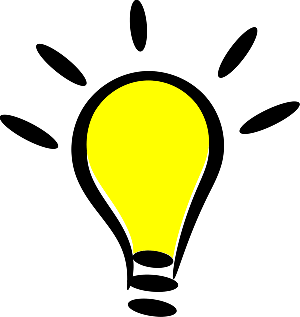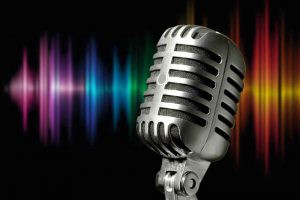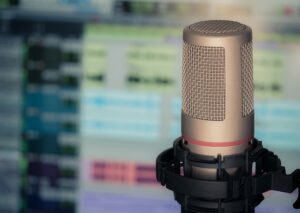In today's fast-paced, ever-evolving digital world, podcasting has taken center stage as a powerful medium for sharing stories, insights, and knowledge.
With an increasing number of people tuning in to listen to their favorite podcast shows, it's no wonder you're considering taking your podcast to the next level by recording remotely.
The ability to record podcasts remotely not only saves you time and resources but also allows you to connect with guests from all over the world, creating diverse and engaging content for your listeners.
In this article, we'll explore three different methods to record a podcast remotely, covering the pros and cons of each approach, so you can find the one that best suits your needs.
We'll also discuss the essential equipment you'll need to ensure high-quality audio and, if applicable, video recordings.
And because we know that the devil is in the details, we'll share seven tried-and-tested tips that will help you make your remote podcast recording sessions as smooth and enjoyable as possible.
Let's dive in!
Disclosure: Although I receive affiliate compensation at no additional cost to you to support this site that compensation in no way influences my recommendations, which are strictly informed by my 10+ years of online business experience consulting for clients large and small. My aim is to always recommend tools that offer the best return for your investment (for more details, read my Affiliate Disclosure).
Three Ways to Record a Podcast Remotely
Recording a podcast remotely can be a bit of a challenge, but it's entirely possible with the right tools.
In this section, we'll explore three different methods for remote podcast recording, each with its unique benefits and drawbacks.
1. Using a Standard Video App
Zoom is a popular option for remote podcast recording without any upfront investment.
Although not specifically designed for podcasting, its user-friendly interface and free version with a 40-minute recording limit make it an attractive choice for many podcasters.
Keep in mind, however, that Zoom compresses audio, which can affect sound quality, so it may not be the best choice for those who prioritize crystal-clear audio.
2. Using a Double-Ender Recording Platform
Double-ender recording platforms like Squadcast are designed to capture each person's audio separately and then sync the tracks, resulting in better sound quality.
This method offers a more professional approach to remote podcast recording, making it ideal for podcasters who are serious about their sound.
Squadcast isn't free, but if you're serious about your podcast, it's worth the investment.
3. Using Remote Podcast Software
Dedicated remote podcast software, like Riverside.fm, takes remote recording to the next level.
It records high-quality audio and video locally and then uploads the files for easy post-production. This method offers the highest level of quality and control for podcasters seeking top-notch audio and video.
Riverside.fm does come with a higher price tag compared to other options, but it's well worth it if you're looking for the best audio and video quality for your remote podcast recordings.
What Equipment Do You Need to Record Remotely?
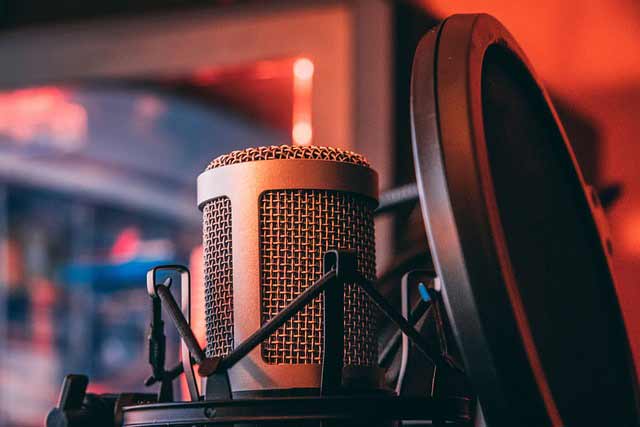
Recording a podcast remotely requires some essential equipment to ensure the best audio and video quality possible.
Below, we'll cover the key components you'll need to set up your remote podcast recording studio, including microphones, headphones, and webcams:
Microphones
Good microphones are essential for recording high-quality audio. Here are some options to consider:
Shure Sm7b Mic: This professional-grade dynamic microphone is a very popular choice among podcasters. In fact, most top-level earners use it almost exclusively and for good reason.
It has a smooth, warm sound and is designed to reduce background noise and electromagnetic interference.
However, it's important to note that this microphone requires a preamp with plenty of gain to perform well, so it may not be the best option for beginners.
Audio Technica At2035 Mic: This is a versatile and affordable condenser microphone that's suitable for a wide range of recording applications. It has a cardioid polar pattern, which means it picks up sound primarily from the front and reduces background noise.
The AT2035 has a smooth and natural sound that's well-suited for vocals and acoustic instruments. It's also durable and easy to set up, making it a good choice for beginners or those on a budget.
Blue Yeti X Mic: This USB condenser microphone is a popular option for those who want a plug-and-play solution that's easy to set up and also cost effective.
It has a range of polar patterns, including cardioid, omnidirectional, bidirectional, and stereo, which makes it versatile for different recording situations.
The Yeti X has a clear and detailed sound that's well-suited for podcasting, but it may pick up more background noise than some other microphones, so it may not be the best choice for noisy environments.
Headphones

Headphones play a vital role in remote podcast recording, as they help you monitor your audio and avoid feedback during the recording process.
Here are some popular options:
Beyerdynamic DT 770 Pro Headphones: These headphones are known for their excellent sound quality and durability. They have a closed-back design, which helps to reduce background noise and prevent sound leakage.
The DT 770 Pro headphones are also comfortable to wear for long periods of time, making them a great option for podcasters who spend a lot of time in a studio.
Sennheiser HD 280 Pro Headphones: The Sennheiser HD 280 Pro headphones are a popular and affordable option for recording and monitoring audio.
They have excellent noise isolation--which means they block out external noise and allow you to focus on the audio being recorded.
The HD 280 Pro headphones are also comfortable to wear and have a collapsible design, which makes them easy to store and transport.
Sony MDR 7506 Headphones: These headphones have been a classic choice for podcasters and audio professionals for decades.
They have a clear and detailed sound, which makes them great for monitoring audio during recording and editing.
The MDR 7506 headphones are also lightweight and comfortable to wear, which makes them a good choice for long recording sessions.
Webcams
If your podcast includes a video component, investing in a quality webcam is essential.
Here are some options:
Logitech C920 Webcam: This is a high-quality webcam that's affordable and easy to use.
It has 1080p resolution and delivers clear and sharp video, making it a great option for video conferencing, live streaming, and recording videos.
The C920 also has built-in stereo microphones that deliver clear audio, and it's compatible with most video conferencing and recording software.
Logitech Streamcam: The Logitech Streamcam is a versatile and compact webcam that's designed for live streaming but also works very well for video pocasting.
It has 1080p resolution and delivers clear and detailed video, even in low light conditions plus a USB-C connection, which makes it compatible with most computers and laptops.
The Streamcam is also easy to set up and use, with a flexible mount that allows you to position the webcam at the perfect angle.
Logitech Brio Webcam: If you're looking for a top-of-the-line webcam, the Logitech Brio is a great choice.
It has 4K resolution and advanced features such as HDR and autofocus, which deliver clear and detailed video.
The Brio also has a range of advanced features, such as facial recognition and background replacement, which make it a great option for professional video conferencing and recording.
Seven Remote Recording Tips
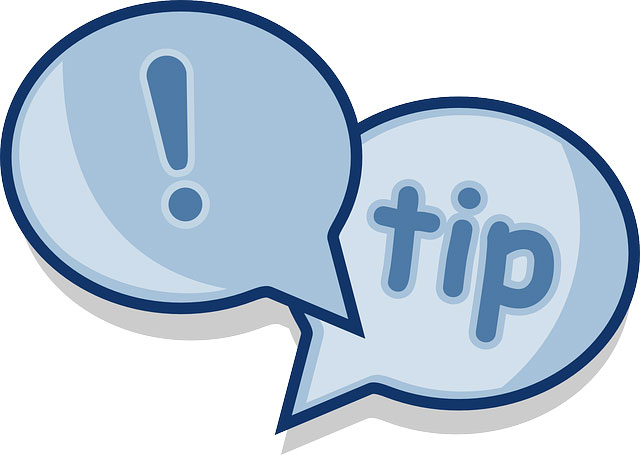
Recording a podcast remotely can be a rewarding experience, but it also comes with its own set of challenges.
To help you achieve the best results and create a professional-sounding podcast, we've compiled a list of seven essential remote recording tips.
From conducting a test run to communicating clearly, these tips will ensure you and your guests deliver an engaging and enjoyable podcast episode.
Conduct a Test Run
Before diving into the actual recording session, it's important to do a test run with your guest.
This will help you identify and fix any technical issues, such as audio levels, internet connection problems, and platform familiarity.
A smooth test run ensures a seamless recording experience when it's time for the real thing.
Eliminate Background Noise
Distractions and background noise can ruin a podcast listening experience. To avoid this, find a quiet room for your recording session, close windows, and turn off any noisy appliances.
Encourage your guest to do the same, so both of your audio tracks are clean and crisp.
Use Headphones
Headphones are essential for remote podcast recording, as they allow you to monitor audio levels and prevent feedback loops.
Make sure both you and your guest wear headphones during the session to avoid any audio issues.
Record a Backup
Recording a backup is a smart precaution to avoid losing an entire session due to technical glitches.
Many remote recording platforms offer automatic backups, but you should also encourage your guest to record their audio locally as an additional safety measure.
Take Breaks
Recording a podcast can be mentally and physically exhausting, especially during long sessions.
Scheduling breaks for yourself and your guest will help you stay refreshed, maintain energy levels, and keep the conversation flowing smoothly.
Dress Professionally
Dressing professionally, even when you're not recording video, can have a positive impact on your confidence and on-air presence.
It also sets the tone for a professional recording session and leaves a good impression on your guest.
Communicate Clearly
Clear and concise communication is crucial during remote podcast recording. Speak slowly, enunciate your words, and avoid interrupting your guest.
By maintaining a smooth, engaging conversation, you'll keep your audience hooked and eager for more.
By following these seven remote recording tips, you'll be well on your way to creating a high-quality podcast that your listeners will love.
So, get your equipment ready, choose your recording platform, and start recording your next podcast episode with confidence!
In Conclusion
Recording a podcast remotely doesn't have to be daunting. With the right tools and approach, you can create engaging, high-quality content that keeps your listeners coming back for more.
By following these tips and choosing the right recording method and equipment, you'll be able to create a seamless remote podcasting experience for both you and your guests.
As a result, you'll produce episodes that captivate your audience and showcase your dedication to delivering top-notch content--but ultimately, the most important thing is to have fun and enjoy the process.
Remote podcast recording opens up a world of possibilities, allowing you to connect with exciting guests and create meaningful conversations, no matter where you are in the world!
